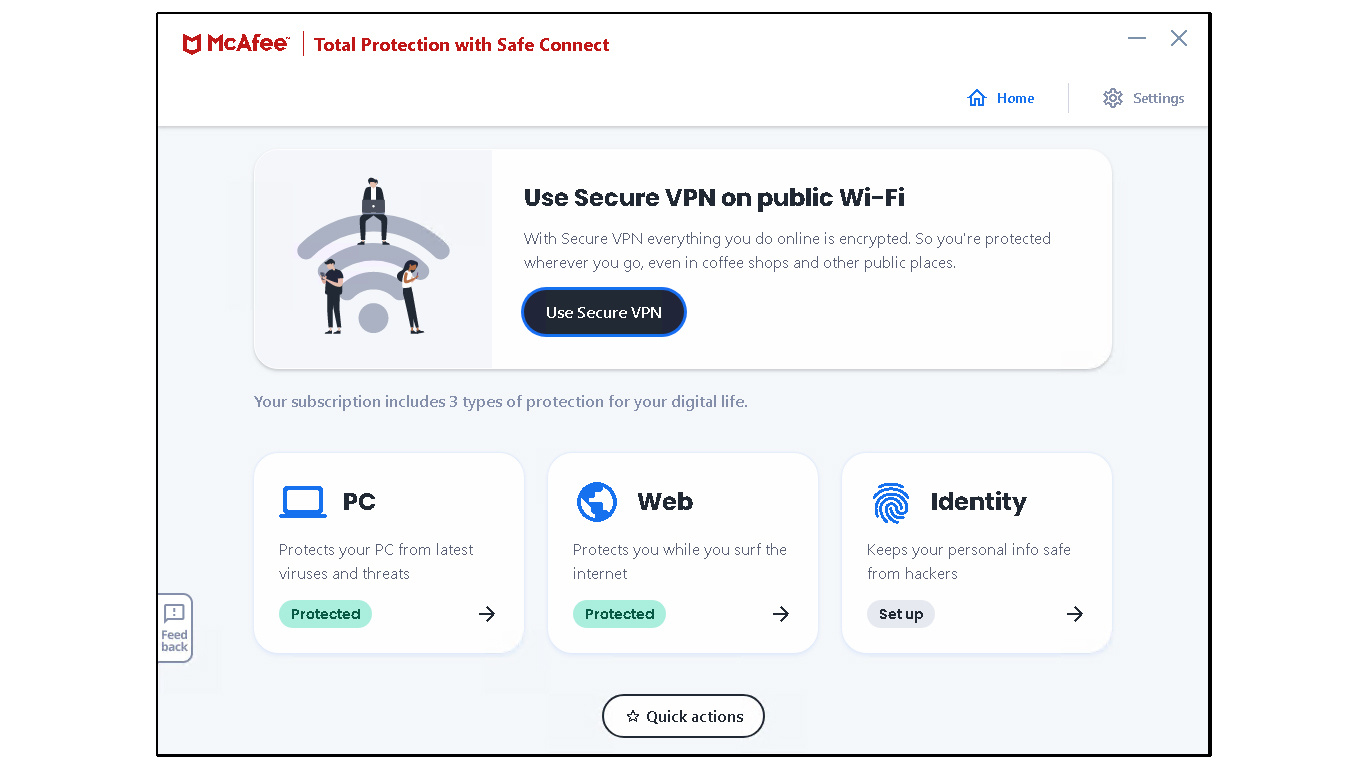PowerShell threats increased over 200% last year
A new McAfee report finds PowerShell attacks driven largely by Donoff malware.


The number of threats leveraging PowerShell grew 208% in the last quarter of 2020, according to a new report by cybersecurity firm McAfee.
The McAfee Threats Report of April 2021 found the Q4 2020 increase was driven largely by Donoff malware. It also observed numerous PowerShell attacks using process injection to insert code into legitimate running processes as a privilege escalation technique.
Mobile malware grew 118% in Q4 due in part to a surge in SMS Reg samples, according to the report. Researchers said HiddenAds, Clicker, MoqHao, HiddenApp, Dropper, and FakeApp strains were the most detected mobile malware families.
Ransomware also grew in volume between Q3 and Q4 driven by Cryptodefense. Researchers said that REvil, Thanos, Ryuk, RansomeXX, and Maze groups topped the overall list of ransomware families.
MacOS malware exploded by 420% in Q3 due to EvilQuest ransomware but returned to normal levels in Q4. Office malware surged 199% from Q3 to Q4, and new Linux malware increased 6% at the same time.
RELATED RESOURCE

The number of overall threats grew too. In Q3 2020, McAfee Labs observed an average of 588 threats per minute, an increase of 169 threats per minute (40%). By the fourth quarter, this average rose to 648 threats per minute, an increase of 60 threats per minute (10%). The firm also observed nearly 3.1 million external attacks on cloud user accounts.
Adam Philpott, EMEA President at McAfee, said the continued increase in threats is a harsh reminder of how quickly and effectively cyber criminals have taken advantage of COVID-19.
Sign up today and you will receive a free copy of our Future Focus 2025 report - the leading guidance on AI, cybersecurity and other IT challenges as per 700+ senior executives
“As we emerge from the pandemic and look to navigate the new normal, it’s important that businesses reconsider their approach to security to ensure business resilience and their ability to mitigate increased cyber risk,” Philpott said.
Philpott added that his company’s research also saw increases in ransomware, malware, and PowerShell attacks, highlighting the importance of IT teams being aware of the wide variety of threats that could target their organizations.
“It is now critical that organizations go beyond the basics to create and maintain a secure environment. By effectively using technology to prioritize threats, predict the types of campaigns that will be launched against them and pre-emptively improve their defensive countermeasures, organizations can rest assured that they’re doing everything they can to protect their business,” Philpott added.
Rene Millman is a freelance writer and broadcaster who covers cybersecurity, AI, IoT, and the cloud. He also works as a contributing analyst at GigaOm and has previously worked as an analyst for Gartner covering the infrastructure market. He has made numerous television appearances to give his views and expertise on technology trends and companies that affect and shape our lives. You can follow Rene Millman on Twitter.
-
 Trump's AI executive order could leave US in a 'regulatory vacuum'
Trump's AI executive order could leave US in a 'regulatory vacuum'News Citing a "patchwork of 50 different regulatory regimes" and "ideological bias", President Trump wants rules to be set at a federal level
-
 TPUs: Google's home advantage
TPUs: Google's home advantageITPro Podcast How does TPU v7 stack up against Nvidia's latest chips – and can Google scale AI using only its own supply?
-
 McAfee and Visa offer 50% off antivirus subscriptions for small businesses
McAfee and Visa offer 50% off antivirus subscriptions for small businessesNews UK Visa Classic Business card holders can access the deal starting today
-
 McAfee Total Protection review: Expensive at full price
McAfee Total Protection review: Expensive at full priceReviews Protects your PC and includes a decent firewall, but costly and less effective than some rivals
-
 McAfee Total Protection review: Quick, effective and affordable
McAfee Total Protection review: Quick, effective and affordableReviews A solid security choice, with perfect malware protection, a fully functional VPN and more
-
 McAfee’s zero trust solution strengthens private applications’ security
McAfee’s zero trust solution strengthens private applications’ securityNews MVISION Private Access grants secure access to private resources from any device or location
-
 McAfee to sell enterprise business to STG for £2.8 billion
McAfee to sell enterprise business to STG for £2.8 billionNews The enterprise business will be rebranded, with McAfee focusing on personal security
-
 Has the US government finally nabbed John McAfee?
Has the US government finally nabbed John McAfee?News Official Twitter account claims notorious tech tycoon has been “detained by authorities”
-
 John McAfee ordered to pay $25 million over neighbour's murder
John McAfee ordered to pay $25 million over neighbour's murderNews Controversial figure insists that he will not pay
-
 500 new cyber threats emerge every minute
500 new cyber threats emerge every minuteNews McAfee: Mac malware and healthcare attacks are also on the rise
